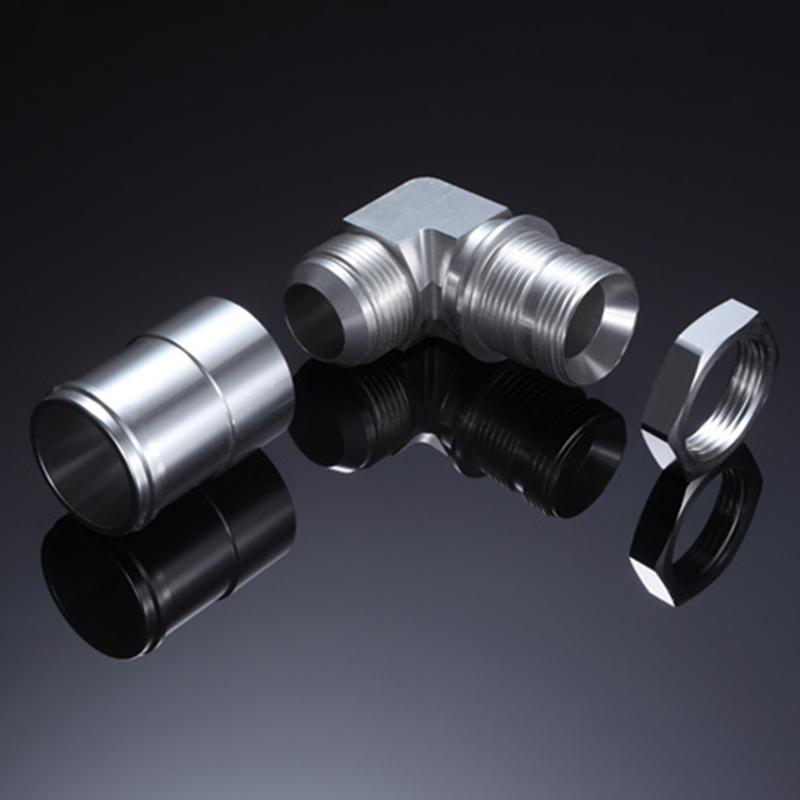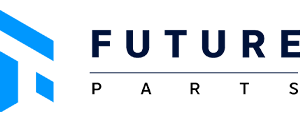Email format error
Email cannot be empty
Email already exists
6-20 characters(letters plus numbers only)
The password is inconsistent
Email format error
Email cannot be empty
Email does not exist
6-20 characters(letters plus numbers only)
The password is inconsistent


Technological Advancements in CNC Plasma Cutting
CNC plasma cutting has revolutionized the manufacturing and metalworking industries with its ability to cut through various materials with high speed and precision. As technology advances, so does the performance of CNC plasma cutting systems. Recent innovations in this field have significantly improved efficiency and precision, making these machines more versatile and cost-effective. In this article, we will explore the latest technological advancements in CNC plasma cutting, how they enhance efficiency and precision, and what the future holds for this essential technology.
Recent Innovations in CNC Plasma Cutting
Enhanced Cutting Precision
One of the most significant advancements in CNC plasma cutting is the development of high-definition (HD) plasma cutting technology. HD plasma systems utilize advanced torch designs and refined arc stability to produce extremely fine and accurate cuts. This technology allows for cutting of very thin materials with minimal heat-affected zones, resulting in cleaner edges and less distortion. Additionally, the implementation of advanced motion control systems has further improved precision. These systems use sophisticated algorithms to ensure that the cutting torch follows the exact path programmed, reducing deviations and increasing the overall accuracy of the cut.
Improved Efficiency
Efficiency has always been a key consideration in CNC plasma cutting, and recent innovations have taken this to new levels. Automated nesting software is a notable advancement that optimizes the arrangement of parts on a sheet of material to minimize waste and maximize usage. By automatically arranging the cut patterns, nesting software reduces material costs and cuts down on production time. Furthermore, advancements in cutting speeds and reduced cycle times have significantly increased the throughput of CNC plasma cutting systems. These improvements allow manufacturers to complete more jobs in less time, enhancing overall productivity.
Integration with CAD/CAM Software
The integration of CNC plasma cutting systems with Computer-Aided Design (CAD) and Computer-Aided Manufacturing (CAM) software has transformed how designs are translated into finished products. Modern systems enable seamless workflows from design to production, where CAD designs are directly imported into the cutting machine’s control system. Real-time monitoring and adjustments during the cutting process ensure that the final product adheres closely to the design specifications. This integration not only improves accuracy but also reduces the potential for human error.
Advanced Material Handling Systems
Material handling systems have also seen significant advancements. Automated loading and unloading systems streamline the process of moving materials into and out of the cutting machine. These systems can handle various material sizes and weights, improving workflow efficiency and reducing manual labor. Enhanced material tracking and management systems provide real-time information about material usage and inventory levels, allowing for better planning and reduced downtime.
Impact of Technological Advancements on Efficiency
Reduced Production Time
One of the primary benefits of technological advancements in CNC plasma cutting is the reduction in production time. Faster cutting speeds, enabled by improved plasma technology and motion control systems, allow for quicker completion of jobs. Additionally, minimized setup times due to automated nesting and advanced material handling contribute to shorter production cycles. These improvements collectively result in a more streamlined manufacturing process and faster turnaround times.
Cost Savings
Cost savings are another significant advantage of recent advancements. Lower energy consumption is a direct result of more efficient plasma cutting systems. New technologies are designed to maximize energy use, reducing operational costs. Furthermore, advancements in nesting software help minimize material waste by optimizing the layout of cut patterns. This reduction in waste not only lowers material costs but also supports more sustainable manufacturing practices.
Increased Throughput
With higher production rates and the ability to handle complex geometries, modern CNC plasma cutting systems have greatly increased throughput. The enhanced cutting speeds and efficiency improvements mean that manufacturers can process more orders in a given timeframe. This increased throughput supports higher levels of production and enables businesses to meet growing demand more effectively.

Impact of Technological Advancements on Precision
Higher Accuracy and Consistency
Technological advancements have significantly improved the accuracy and consistency of CNC plasma cutting. Advanced motion control systems ensure that the cutting torch follows the exact programmed path, reducing deviations and enhancing precision. High-definition plasma systems further contribute to this accuracy by producing cleaner cuts with minimal distortion. These advancements result in consistently high-quality parts that meet stringent design specifications.
Enhanced Quality of Cuts
The quality of cuts produced by modern CNC plasma cutting systems is markedly improved. Smoother edges and reduced need for secondary finishing are direct benefits of advancements in plasma technology. High-definition plasma cutting produces cuts with minimal burrs and jagged edges, reducing the need for additional processing. This enhancement in cut quality results in better final products and reduces overall production time.
Capability to Cut Diverse Materials
Recent technological innovations have expanded the range of materials that CNC plasma cutting systems can handle. Improved plasma torches and control systems enable the cutting of varying material thicknesses and types. This versatility allows manufacturers to work with a broader range of materials, from thin sheets to thicker plates, and across different metal types. The ability to handle diverse materials further enhances the flexibility and utility of CNC plasma cutting technology.
Future Trends in CNC Plasma Cutting Technology
Integration of AI and Machine Learning
The future of CNC plasma cutting technology is likely to see increased integration of Artificial Intelligence (AI) and Machine Learning (ML). AI and ML technologies can enhance predictive maintenance, enabling systems to anticipate and address potential issues before they occur. These technologies can also optimize cutting paths and parameters based on real-time data, improving overall performance and efficiency. The integration of AI and ML represents a significant step forward in the evolution of CNC plasma cutting.
Enhanced Connectivity and IoT Integration
The Internet of Things (IoT) is set to play a crucial role in the future of CNC plasma cutting. Enhanced connectivity and IoT integration will enable real-time data collection and analysis, providing valuable insights into machine performance and production processes. Remote monitoring and control capabilities will allow operators to manage and adjust cutting systems from anywhere, improving flexibility and responsiveness.
Conclusion
Technological advancements in CNC plasma cutting have brought about significant improvements in efficiency and precision. Enhanced cutting precision, improved efficiency, integration with CAD/CAM software, and advanced material handling systems are just a few examples of how innovation is driving the evolution of this technology. The impact on production time, cost savings, throughput, and precision underscores the benefits of these advancements. Looking ahead, the integration of AI, IoT, and sustainable technologies promises to further enhance the capabilities and performance of CNC plasma cutting systems. As technology continues to evolve, CNC plasma cutting will remain at the forefront of modern manufacturing, offering cutting-edge solutions to meet the demands of an ever-changing industry.

